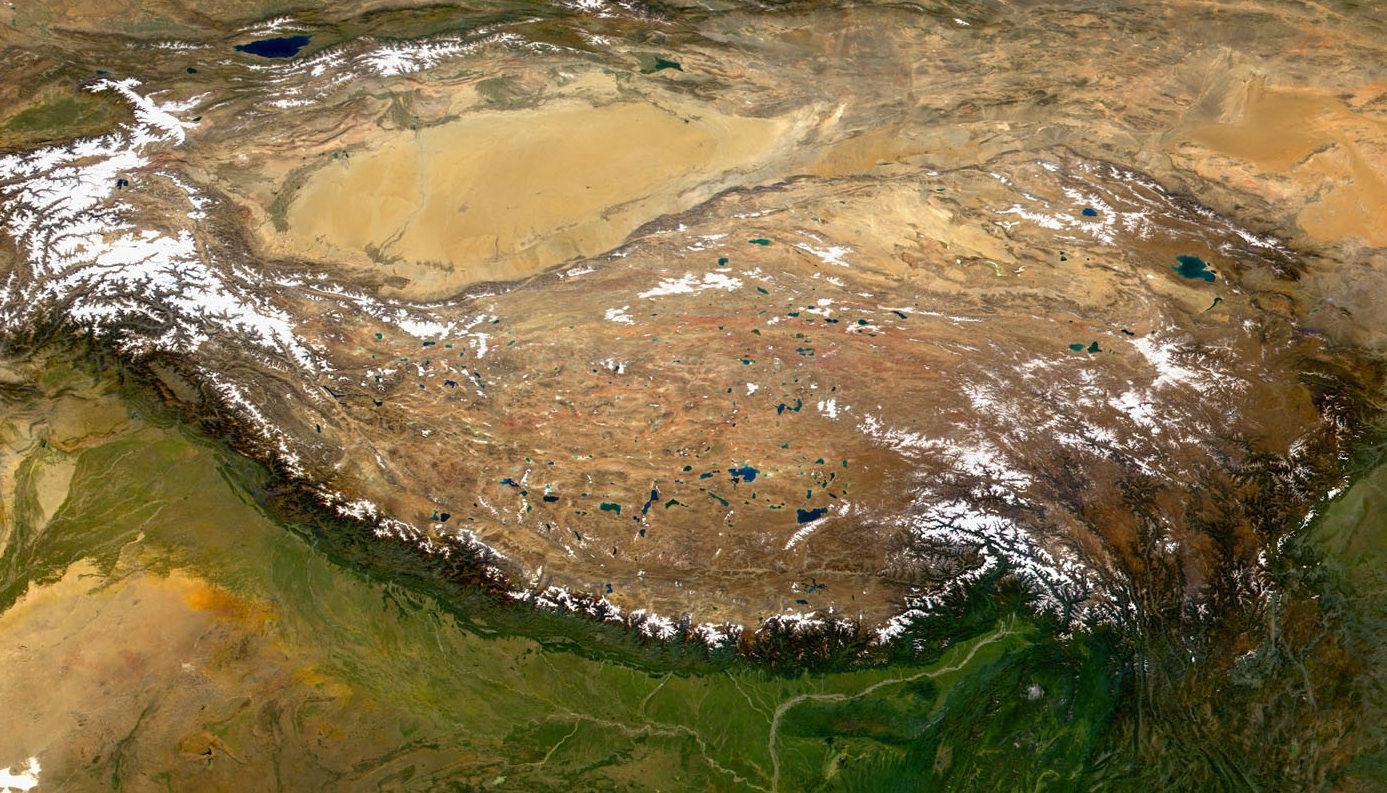The history of Tibet-Nepal trade stretches back more than two millennia, forming one of the most ancient and vital trans-Himalayan trade routes in Asia. This corridor was never just about goods—it was a lifeline of commerce, culture, religion, diplomacy, and mutual interdependence. Here’s a detailed chronological account of the Tibet-Nepal trade history, showing how integral this trade route has been to both civilizations.
1. Prehistoric and Early Trade (before 1st century CE)
-
Archaeological evidence suggests barter-style trade between Himalayan tribes and Tibetan plateau communities long before recorded history.
-
Nepal’s fertile mid-hill valleys and Tibet’s pastoral and mineral-rich lands led to natural economic complementarity—Tibet lacked salt and grains; Nepal lacked wool and livestock.
-
The salt-for-grain trade was among the earliest economic exchanges.
2. Lichhavi Period (c. 400–750 CE)
-
During the reign of the Lichhavi kings in Nepal, Kathmandu Valley emerged as a center of trade and culture.
-
Changu Narayan inscriptions (5th century CE) record trade relations with Tibet.
-
Nepalese artisans and traders moved to Tibet with Buddhist monks—commerce often traveled with religion.
3. Early Buddhist Exchange (7th–9th century CE)
-
The legendary Nepalese Princess Bhrikuti married Tibetan King Songtsen Gampo (early 7th century), forging a strong alliance between Nepal and Tibet.
-
She is said to have brought Buddhist scriptures, artisans, and cultural influence from Nepal to Tibet.
-
Nepalese craftsmen built temples in Lhasa, like the Jokhang and Ramoche temples, marking cultural-commercial integration.
4. Malla Period (12th–18th century CE): Golden Age of Trade
-
Under the Malla kings, Kathmandu Valley became a thriving trade hub.
-
Trans-Himalayan trade routes—especially the Kuti Pass (Nyalam) and Kerung Pass (Gyirong)—were major conduits.
-
Nepal exported: rice, grains, ghee, metal crafts, textiles
Tibet exported: salt, wool, gold, musk, yak products -
Newar merchants formed trade guilds that operated in Lhasa and other Tibetan towns for generations.
-
Coins minted in Nepal were accepted across Tibet and often preferred due to purity.
-
Nepalese caravans, often 100+ yaks strong, would make annual journeys to Lhasa—known as “Tibeti Bheti” (Tibetan visitation).
5. Gorkha Conquest and Treaty of 1792
-
In the late 18th century, Prithvi Narayan Shah’s Gorkha expansion led to conflicts with Tibet.
-
After the Nepal-Tibet war, the Sino-Nepal Treaty of 1792 was signed (with Qing China as Tibet’s protector).
-
The treaty allowed Nepal to send quinquennial missions (every five years) to Lhasa with both diplomatic and trade purposes.
-
These missions were richly laden with gifts and goods and symbolized Nepal’s continued trade rights.
6. British Colonial Era (19th – early 20th century)
-
British interest in Tibet and Central Asia made Nepal strategically significant.
-
The British tried to use Nepal as a route to Tibet, but Nepal tightly controlled trade access to preserve its privileged position.
-
Nepalese traders had quasi-monopoly status over Himalayan trade for much of this period.
-
In Lhasa, Newar traders (Lhasa Newars) established permanent settlements, some of which lasted until the mid-20th century.
7. Modern Disruptions (1950s–1960s)
-
The Chinese annexation of Tibet in 1950 dramatically changed the Himalayan trade dynamics.
-
The 1956 closure of the border and nationalization of Tibetan trade curtailed centuries-old routes.
-
Nepalese merchants in Tibet were expelled or forced to leave.
-
Trade via traditional passes like Kuti and Kerung dwindled to a trickle.
8. Revival and Modern Era (1980s–present)
-
With China’s reform era and Nepal-China bilateral relations improving, trade routes were slowly reopened.
-
The Kerung-Rasuwa route became the key modern link between Tibet (now part of China) and Nepal.
-
Lhasa-Kathmandu trade has resumed, though under tighter regulation.
-
China has invested in infrastructure to turn this route into a modern trade corridor, potentially connecting with One Belt One Road (BRI).
-
In 2016, Kerung was designated an international customs point, replacing the damaged Kodari route (after the 2015 Nepal earthquake).
-
Talks continue on expanding rail and road links from Tibet into Nepal, potentially reaching Lumbini and India—reviving old pathways with new technologies.
Significance to Tibet and Nepal
-
Tibet relied heavily on Nepal for foodstuffs, skilled artisans, religious artifacts, and as a cultural partner.
-
Nepal gained not just economic benefits but also spiritual prestige, acting as a cultural intermediary between India and Tibet.
-
Trade was also an instrument of diplomacy, fostering centuries of peace and cultural symbiosis.
-
The Lhasa Newars were the human face of this trade—they spoke multiple languages, practiced Buddhism and Hinduism, and represented the unique fusion of Himalayan civilizations.
Conclusion
The Tibet-Nepal trade route is one of Asia’s oldest trans-Himalayan arteries, shaping not just commerce but culture, diplomacy, and identity. Though interrupted in the 20th century, it is poised for a revival in the 21st—especially with renewed Chinese interest and Nepal’s strategic location as a bridge between South and Central Asia. The trade route was—and still can be—integral to both Tibet and Nepal, economically, culturally, and historically.




No comments:
Post a Comment